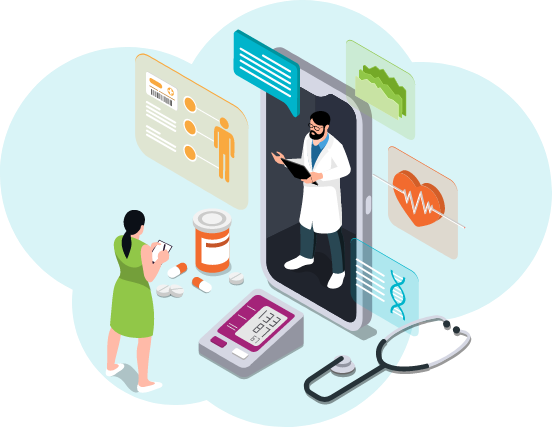
Phreesia’s survey at the point-of-care found that just 3% were using patient support programs (PSPs).
Pharmaceutical companies pour billions of dollars each year into patient support programs, aiming to provide patients with drug information, financial assistance and other resources.
But those resources aren’t actually reaching patients, new data says. Phreesia, which surveyed nearly 5,000 patients checking in for doctors’ appointments this past February and March, found that just 3% were using patient support programs (PSPs).
That’s a pretty low figure, considering pharma’s annual investment tops $5.7 billion. And it wasn’t much higher when accounting for patients’ lifetime use of support programs, either: Only 8% had ever used a PSP before, Phreesia found.
Why the low usage? The problem isn’t so much that patients aren’t interested in what PSPs have to offer. Sixty-three percent of surveyed patients said support programs would be at least a little bit helpful for them, with 14% answering that they’d find PSPs very or extremely helpful.
Instead, the issue seems to be a lack of awareness. Fifty-nine percent of patients said they had little to no knowledge of PSPs—a gap companies are going to have to close if they want to successfully drive patients to their resources.
So what can drugmakers do to get the word out? Step one is creating marketing campaigns to increase awareness among qualified, targeted patients and to educate them on specific program offerings. An omnichannel approach that can reach target patients on the online platforms they’re already using should also be part of the plan.
Case in point: A life sciences company partnered with Phreesia to boost awareness around its savings program, and initially, 90% of patients were not using the company’s copay card. But after receiving information about the offer during check-in for doctors’ appointments, 53% said they were very likely to use a card if they had one.
Another option? Bringing pharmacies on board to help educate patients, whether that’s verbally or through brochures and other distributed materials. Only 14% of patients said they had learned about support programs from pharmacies, versus 32% who said they’d like to learn about support programs from pharmacies.
By far, though, the biggest disconnect Phreesia found was that just 10% of patients had learned about PSPs online—and 44% wanted to. For drugmakers, that chasm may be a signal that it’s time to revisit where and how support information is housed online and make it more prominent and easier to locate for patients surfing branded sites.
Of course, at the end of the day, healthcare providers will still be a major part of the equation. They’re currently the primary way patients are learning about PSPs, with 53% of patients getting their support info from doctors, and the way most patients (55%) would like to hear about support programs, too.
But as this new research shows, if companies really want to ensure an optimal medication experience for patients—not to mention, maximize their hefty investments—it’s going to take some additional strategizing to make sure patient support program information gets to patients in a clear, digestible way.
Find out how Phreesia Life Sciences’ digital engagement platform can help you reach more patients with education and support resources at critical moments in their healthcare journey.
This post originally appeared on DTC Perspectives.


